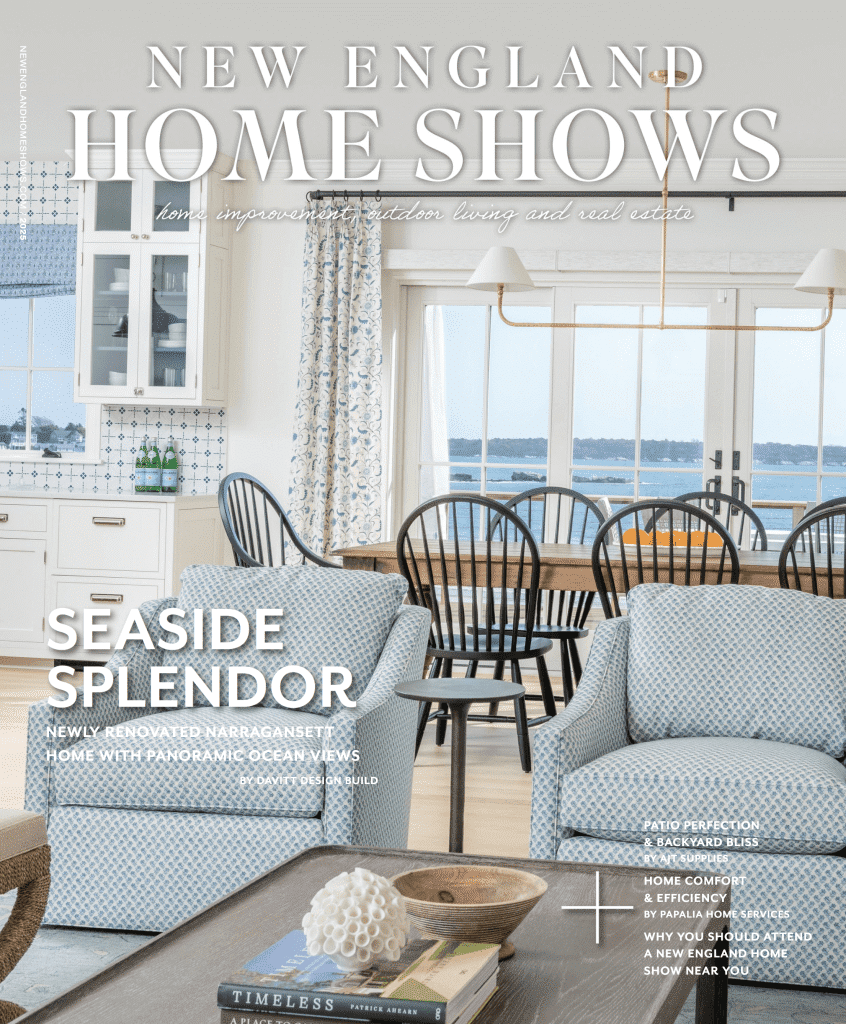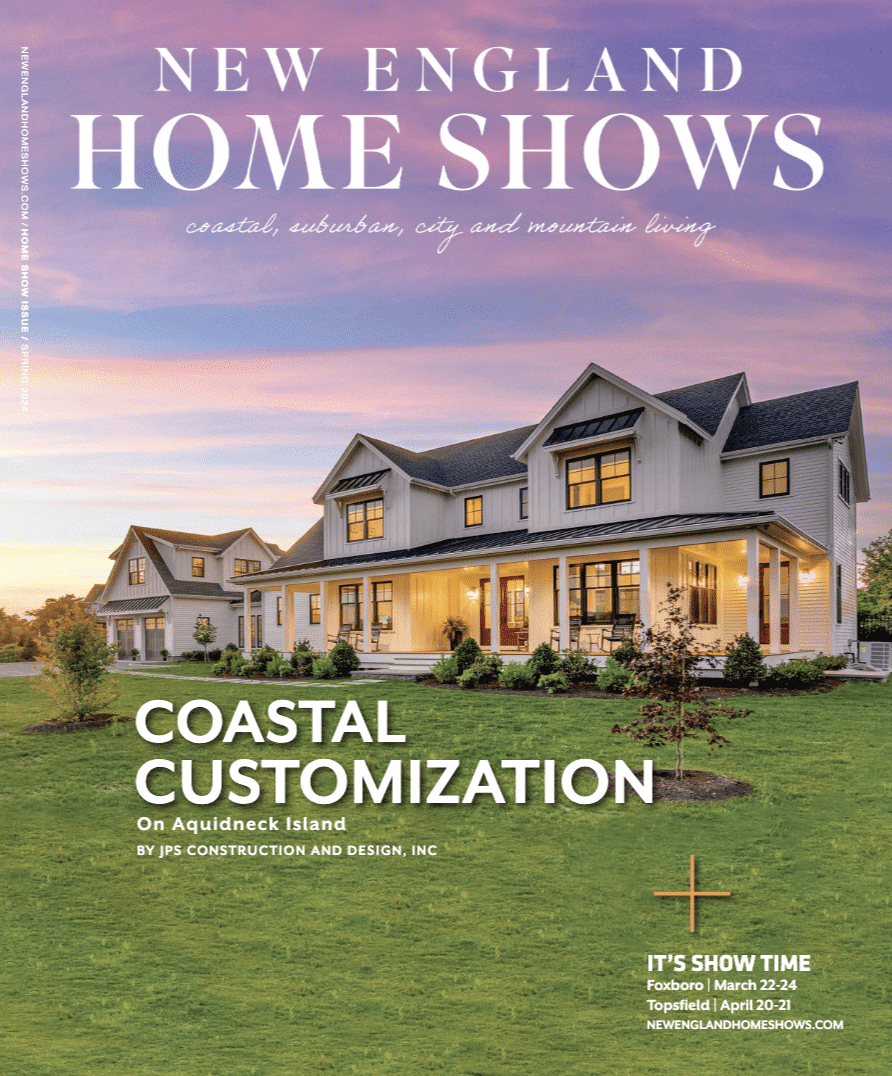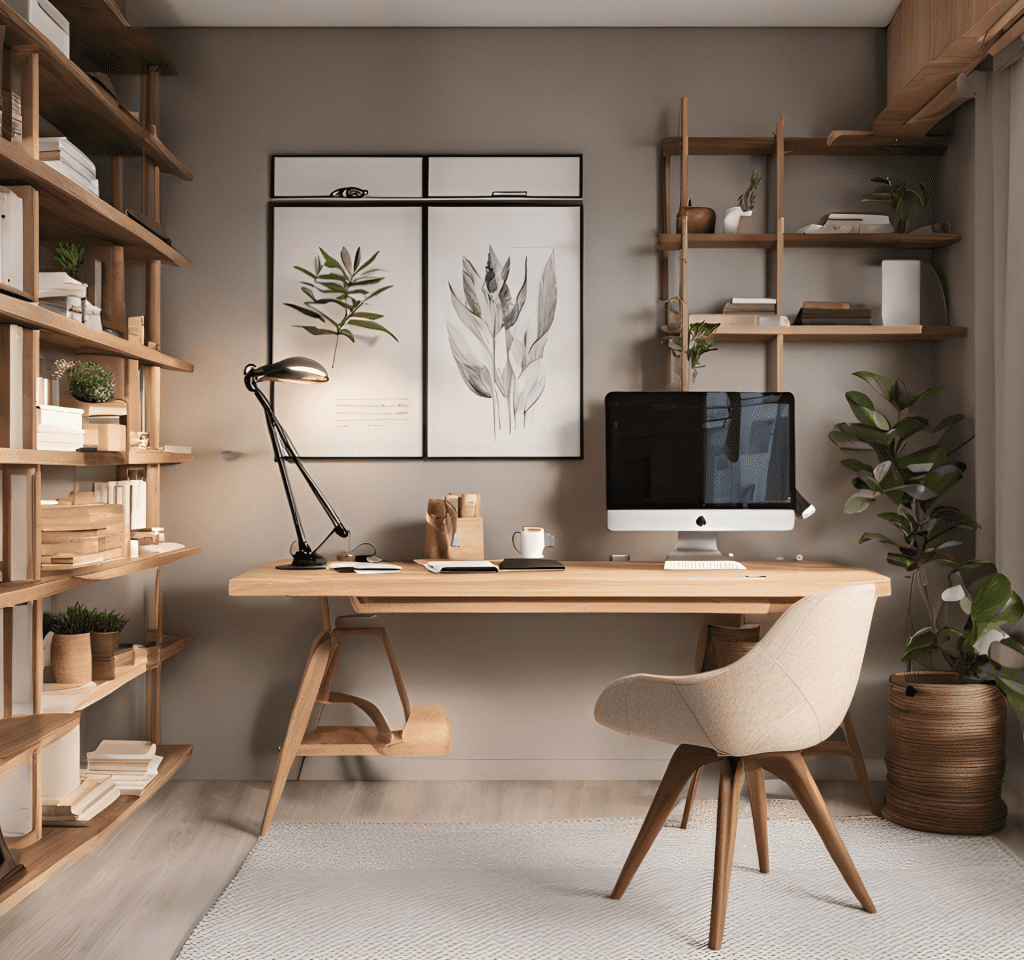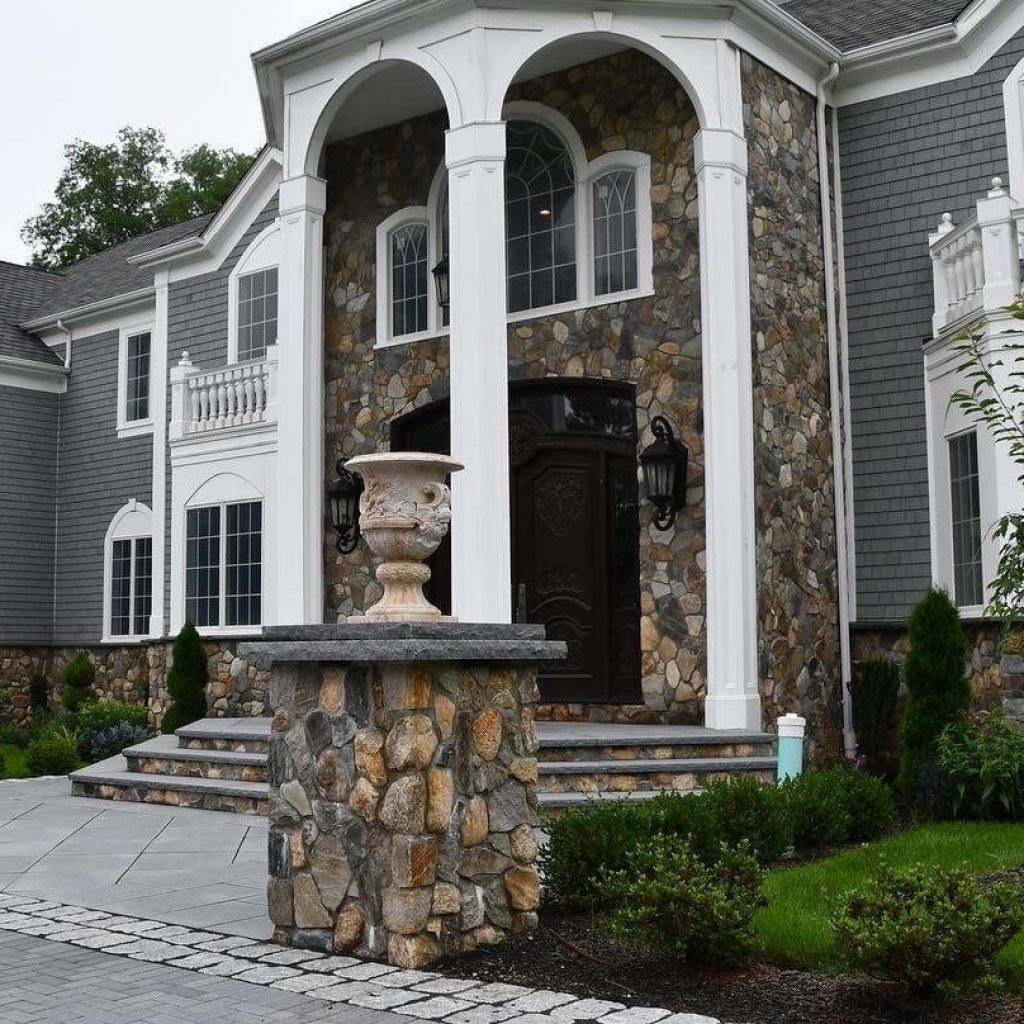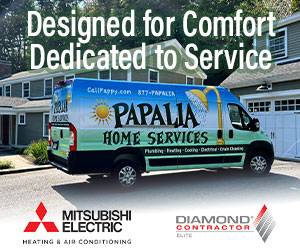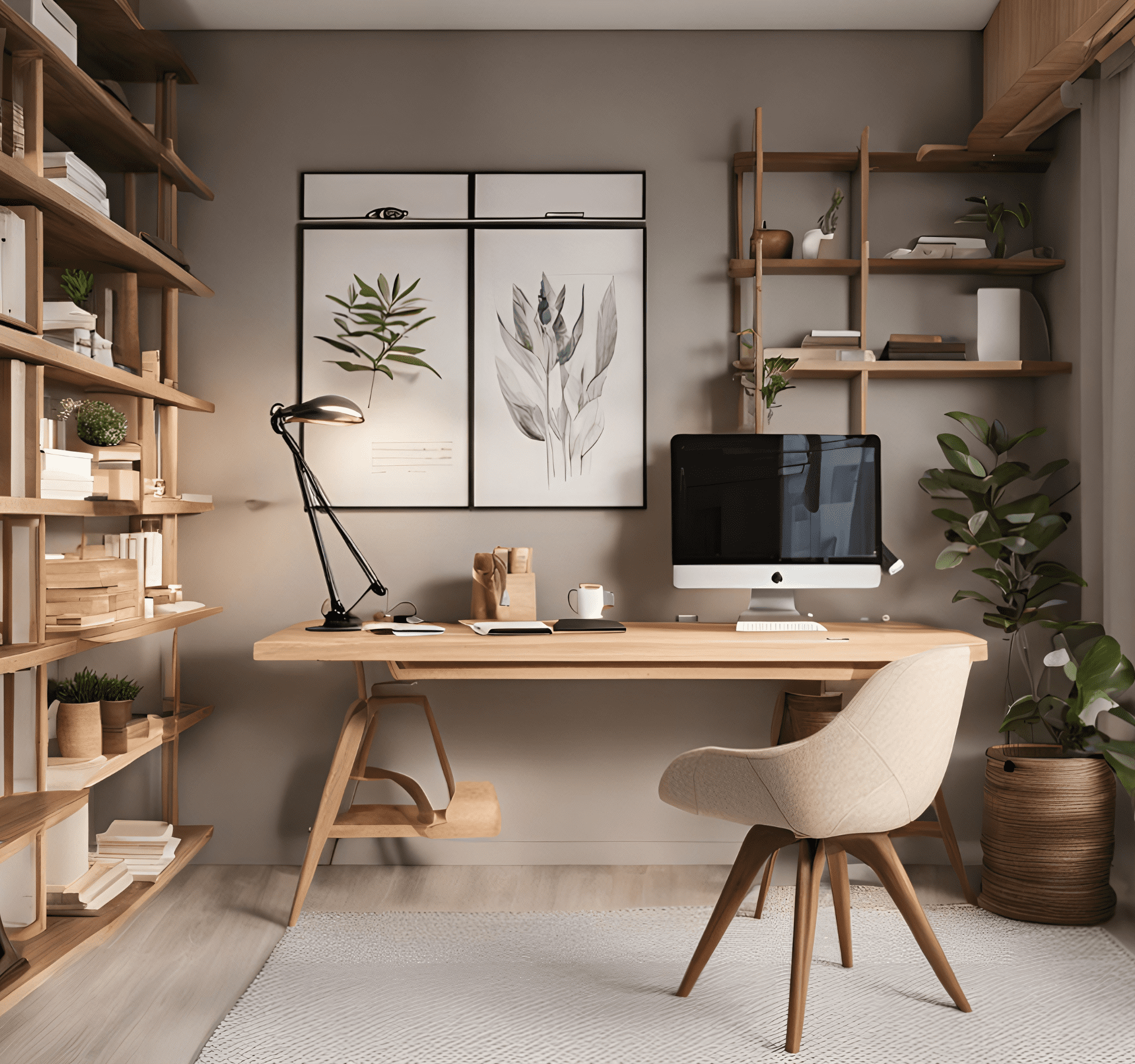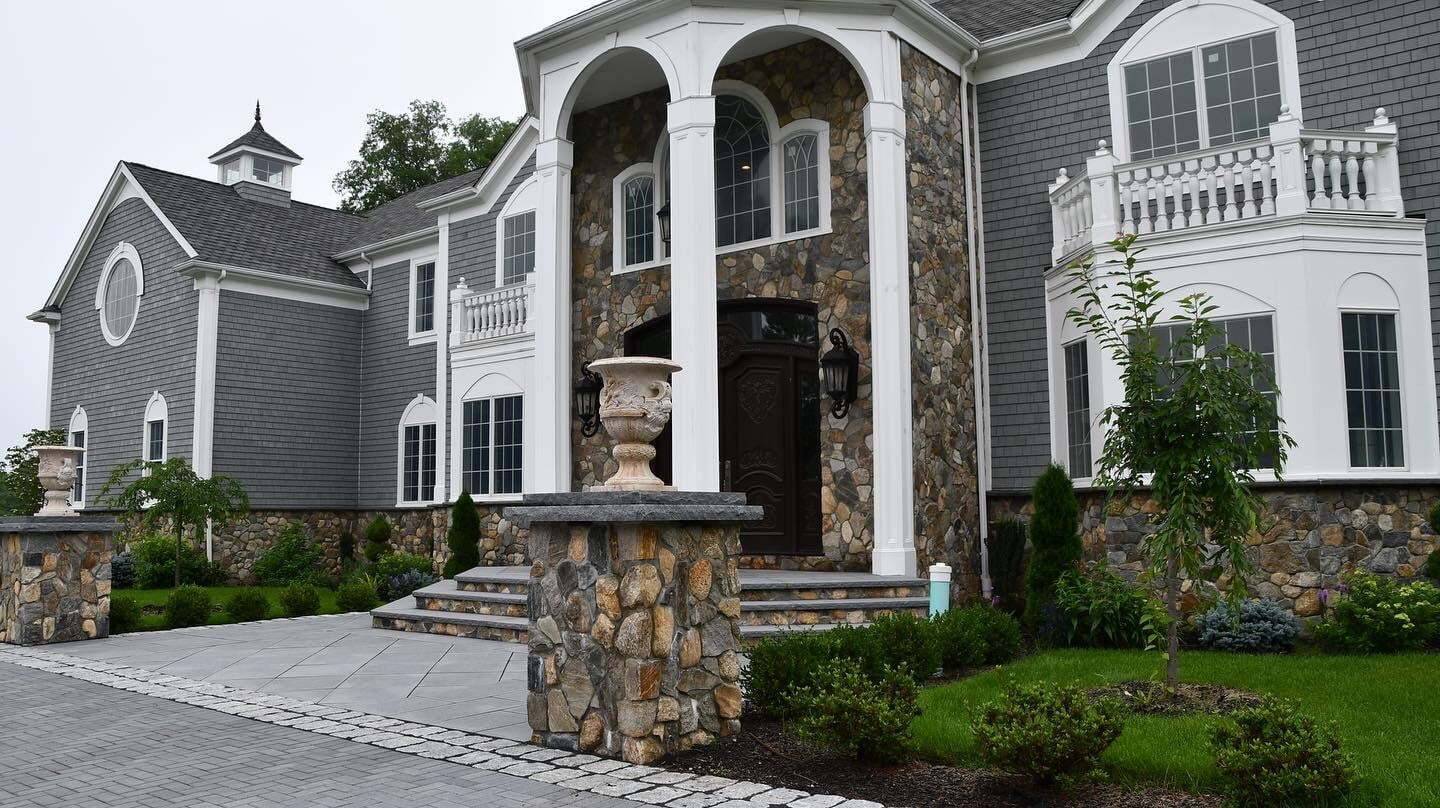Contemporary design and modern design are often viewed as interchangeable interior design styles. However, these two stylistic movements are far from synonymous. While the words “modern” and “contemporary” essentially have similar meanings—relating to the present—they reference completely different styles in the interior design world. To better understand the difference between contemporary vs. modern design, take a look at this side by side comparison.
Contemporary design
Perhaps the main difference between modern and contemporary interior design is the time period from which the styles draw their inspiration. When it comes to contemporary design, inspiration is largely taken from current trends. In other words, contemporary design is consistently evolving to reflect whatever styles are currently in vogue. As such, contemporary design is relatively hard to define.
While contemporary design is fluid and relatively ambiguous, there are still certain key elements associated with the ever-changing style. Primary features of contemporary design include a neutral color pallet, clean lines, natural textures, minimalism, organic silhouettes, and the use of metal materials such as steel, chrome, or nickel.
Several of these elements are inspired by modern design; this can further the confusion involved with differentiating the two styles. However, contemporary design also draws inspiration from several other stylistic movements, such as minimalism or art deco, with no specific emphasis on any single style.
Modern design
While modern design was considered “of the moment” at one point, it doesn’t have the continuously morphing nature of contemporary design. As such, the passage of time has caused modern design to become rooted in the past.
Primarily, modern design is inspired by trends that were popularized in the 1950s and 1960s. However, in certain instances, modern design may reference trends that arose anywhere from the 1920s to the 1970s. Because modern design isn’t continuously evolving like contemporary design, it has an aesthetic that is easier to define.
Common elements of modern design include solid colors, an emphasis on crisp lines, a warm and earthy color pallet, and the use of natural materials such as wood, leather, or stone.

